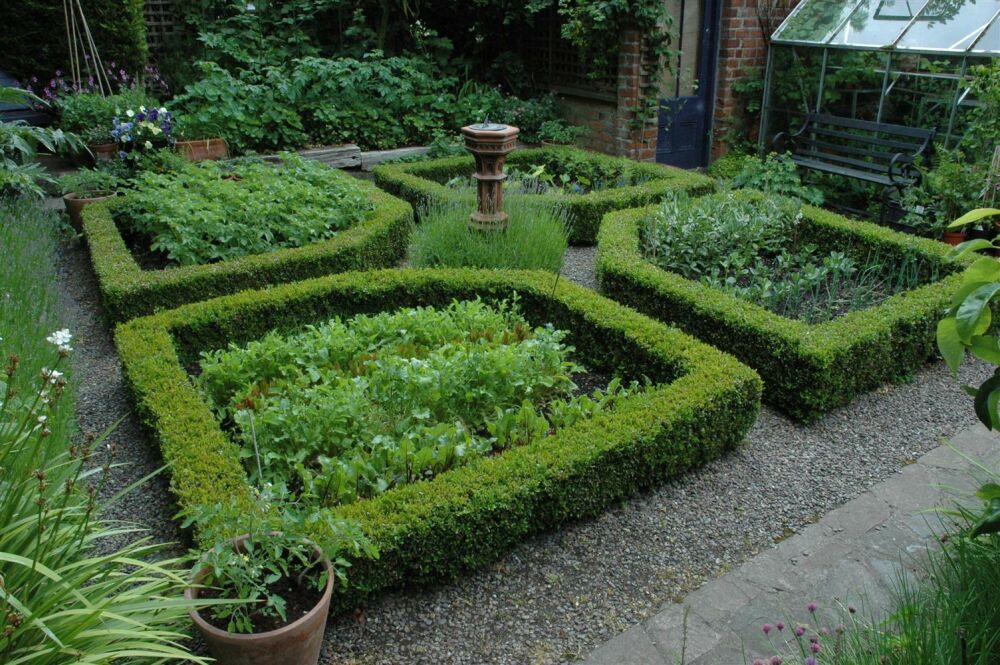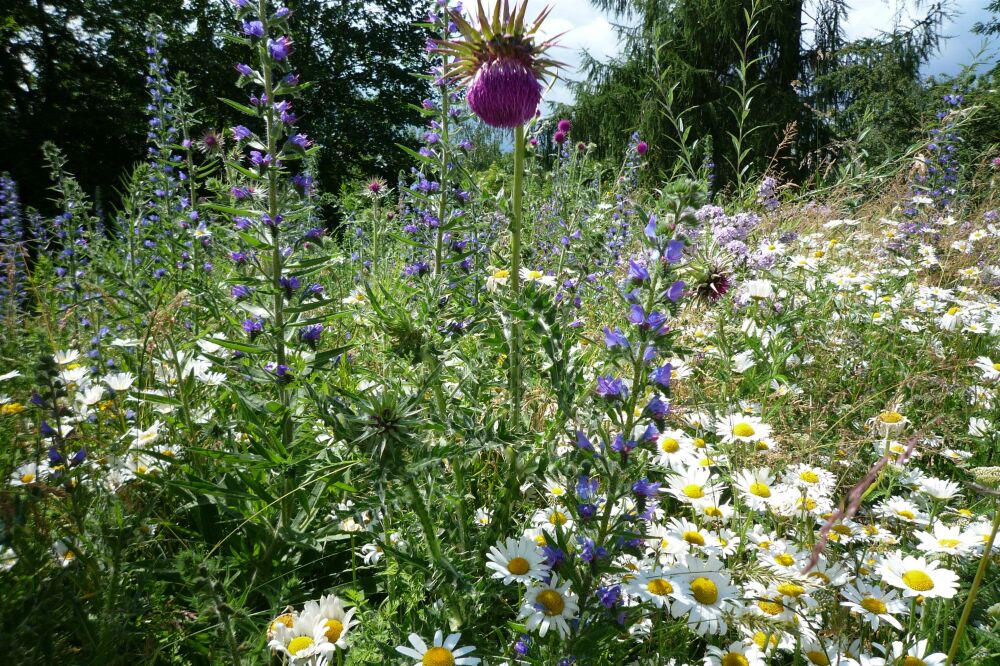Pollinating plants for a bee paradise!
Water on time, fertilise properly and prune in the right way. These are a few aspects that are important for a thriving garden. One important aspect in this chain is often forgotten - the bee!
This little critter enables flowers to be pollinated and allows seeds and fruit to develop. Unfortunately, there has been a high bee mortality rate on a global scale in recent years. If you want to give the bees and bumblebees a helping hand, ensure you have plenty of flowering plants and take bee-friendly measures in the garden.
The importance of the bee
Some 20,000 species of bee are known worldwide, 349 of which are found in the Netherlands and Belgium. These bees live on pollen and flower nectar. Due to shrinking natural areas, (excessive use of) pesticides and over-fertilisation, some 60% of all bee species are not doing well.
When the bee flies from flower to flower to collect nectar, the flowers are pollinated (pollen on pistil), which enables seeds and/or fruits to develop. So while searching for nectar, the bee performs an important function. Without these bees and bumblebees, many food crops would not be able to develop. With the right planting (i.e. pollinating plants) in the garden, you can help bumblebees and bees tremendously.
Pollinating plants for bees
Bees and plants need each other. Bees live off the nectar and pollen of garden plants. Pollination by bees allows plants to develop seeds and/or fruits, completing the cycle. During the period when bees are flying around, which is roughly from late February to October, it is important that there is plenty of food available. Proper planting (pollinating plants) can serve an important function in this regard. If you would like to help the bees, choose one or more garden plants from the selection of pollinating plants below:
- Aruncus dioicus (June, July, Aug.) - white
- Thymus serpyllum (June, July, Aug., Sep.) - purple
- Salvia officinalis 'Berggarten' (June, July) - blue/purple
- Origanum vulgare (July, Aug., Sep.) - purple/pink
- Stachys byzantina (Jun, Jul, Aug., Sep.) - purple
- Coreopsis verticillata (July, Aug., Sep.) - yellow
- Aster ageratoides 'Asran' (Aug., Sep., Oct.) - blue/purple
- Achillea millefolium 'Cerise Queen' (June, July, Aug., Sep.) - red/purple
- Ajuga reptans (May, June, July) - blue
- Campanula persicifolia 'Coerulea' (June, July, Aug.) - blue/purple
- Euphorbia amygdaloides 'Robbiae' (Mar., Apr., May) - yellow
- Lamiastrum galeobdolon 'Florentinum' (May, June) - yellow
- Malva moschata 'Rosea' (June, July, Aug.) - pink/white
- Sarcococca confusa (Jan., Feb., Mar.) - white
- Prunus laurocerasus 'Rotundifolia' (May, June) - white
- Sedum acre (June, July, Aug.) - yellow/green
- Cornus mas (Feb., Mar.) - yellow
- Ilex crenata 'Convexa' (June, July) - white
- Pachysandra terminalis (Mar., Apr.) - white
- Helleborus niger (Jan., Feb., Mar., Apr.) - white
- Hypericum calycinum (July, Aug., Sep.) - yellow
- Centaurea montana (May, June, July) - blue/purple
- Eleagnus ebbingei (Aug., Sep., Oct.) - white
- Hedera helix (Sep., Oct., Nov., Dec.) - yellow/green
- Viburnum tinus (Jan., Feb., Mar., Apr., May) - white
- Allium schoenoprasum (May, June) - pink
- Leucanthemum (M) 'Alaska' (June, July, Aug.) - white
- Digitalis purpurea (May, June, July, Aug., Sep.) - purple
- Verbena bonariensis (May, June, July, Aug., Sep., Oct.) - purple/pink
- Buddleja davidii 'Pink Delight' (July, Aug.) - purple
What else can you do to help the bees?
In addition to choosing garden plants (pollinating plants) that produce nectar, there are other measures you can take to help bees. The following measures will help you create a bee paradise:
- Plant flower bulbs to enjoy colour in the garden in early spring. These flowers serve as food for (wild) bees.
- Use no or as little pesticides as possible to combat insects, weeds or pests. Use environmentally friendly methods to minimise impact on the bees.
- If possible, create a 'nook' in the garden for bees. In doing so, choose a sunny spot, leave dead wood on the ground and do not mow. Allow this part of the garden to become wild, giving bees and other insects the opportunity to build a nest.
- Remove spent flowers from the plant (dead head) as soon as possible. This allows all the plant's energy to go into producing new flower buds.
- If you have a vegetable garden with vegetables that have bolted, leave them so the plant can blossom.
- Make a bee hotel from (waste) wood in combination with twigs, reeds and straw, for example. You can find a guide for making a bee hotel below.
How do you make a bee hotel?
Step 1: Make a framework for the bee hotel out of wood. Attach one bottom and two sides of wide boards together. To prevent rain from entering, it is important that the top protrudes and slopes somewhat. To strengthen the framework, make a cross out of wood and attach it to the back. Bee hotels do not necessarily have to be big. If you don't have much space, that's no problem! With a few holes drilled in logs, you can already help the bees.
Step 2: fill the framework with logs with holes drilled in them, twigs, hollow stems and other materials in which bees might nest. It is best to drill holes 2-12 millimetres in diameter and about 140 millimetres deep.
Step 3:Place the bee hotel in a sunny but sheltered spot in the garden. Preferably a slightly or somewhat elevated spot so that other animals cannot easily reach it. Make sure the entry side faces south as much as possible. After a few years, the holes are no longer used and the materials can be replaced. Do not throw them away straightaway - put them in the shade first for a few months. Any bees still in the holes can then still leave.



